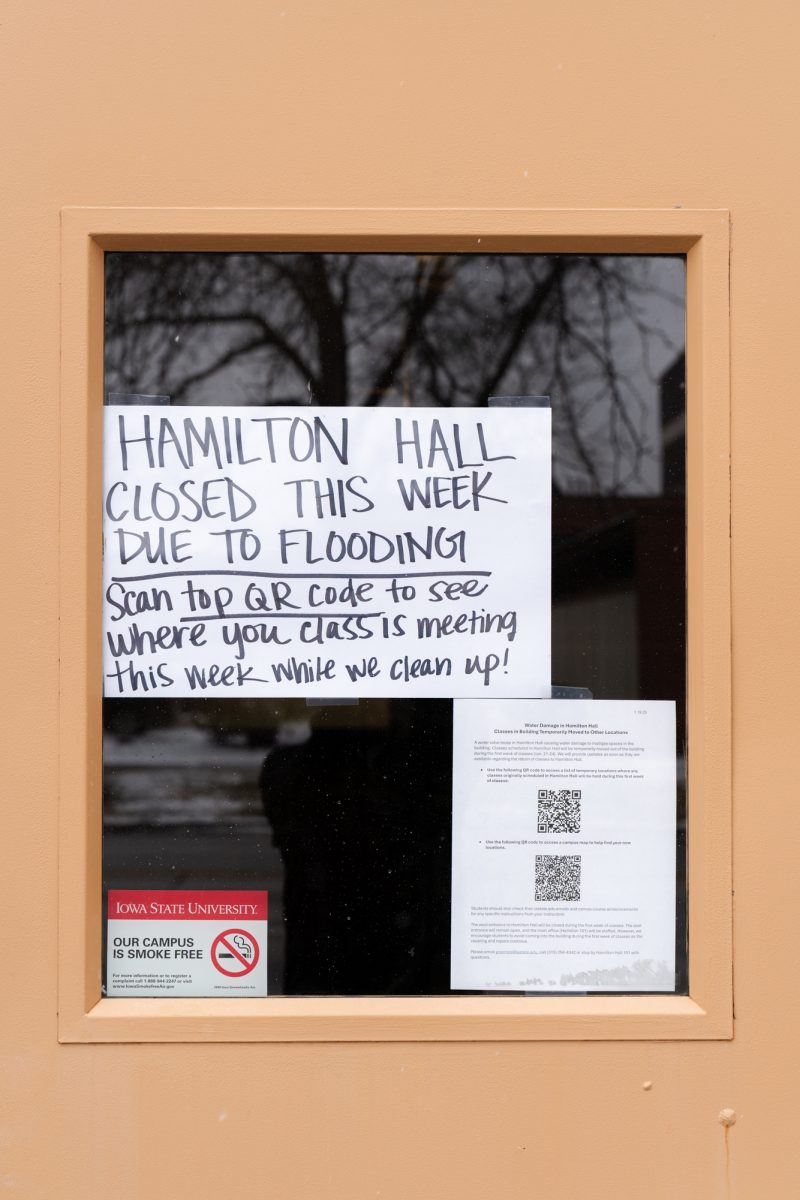When cloning goes beyond the cartoons
February 26, 1997
I’m beginning to think that science is getting a little too big for its smarty-pants britches. A group of researchers recently figured out how to clone a living, breathing adult animal.
We’re not talking about tadpoles and frogs or laboratory rats here, these scientists took a six-year-old sheep and, with the help of some genes and some unfertilized eggs, made an exact copy of it. A real live sheep!
This amazing revelation in genetic engineering, that was previously thought to be impossible, is quite disturbing. Not because it bothers me that two of the exact same sheep are wandering around some pasture, but because now they know how to duplicate animals. It soon will be possible to make copies of people as well.
All the scientists and researchers are naturally denying that this is ever going to happen, saying that it would be unethical to even attempt such a thing. Hello! If these experts are so dang smart, you would think they would remember that America is all about making gains by being unethical.
Haven’t they ever watched cartoons? Every mad scientist worth his or her salt is out for the ultimate goal: world domination. Usually this is accomplished by building an army out of people that the scientist created especially to execute his or her evil plan. This fool-proof defense system is made up of a slew of powerful soldiers, all duplicates of a muscle-bound, testosterone-driven, yet honorable hero held captive and genetically copied against his will.
Without cunning, criminal — yet highly intelligent — minds for children to watch on their 10-inch color TV screens every Saturday morning, some kids may never have been introduced to the wonderful world of science and all the madness that goes with it. Now that the standard villainous comic book plan is a reality, I’m not sure how the world will handle it.
But I do know that if we have the knowledge, unethical or not, it’s inevitable that somebody will put that knowledge to use. For the scientists who figured this all out, I think it’s unreasonable for them to think that this won’t happen. It would be like a father giving his teenage daughter a credit card with a $5,000 limit and then assuming that she’ll never use it — right, right.
There are a few good things that can come of these scientific breakthroughs, like finding cures for human diseases or producing valuable medications, but the dangers of human cloning are too frightening for me to fully appreciate the positives.
Technology just can’t admit when it’s gone too far. They’re in over their heads now, and the only way to save themselves is to do something to combat their own intelligence. I think watching a few more cartoons would be not only beneficial to them, but would be a nice change of pace from working with ewe udder cells.
Cloning people is probably just around the corner. But for now, scientists are still concentrating on duplicating animals. Researchers would like to be able to apply their new-found knowledge to make improvements in agriculture and human medicine.
I am curious to know if the cloned creatures have the exact same characteristics as the original animal, even down to irritating habits and idiosyncrasies.
If this is true, I can’t help but wonder what affect this will have on the actual animals. Let’s say there’s a herd of sheep. There’s one particular sheep that the others don’t like. His name is Clarence. He’s a big dorkus. Unfortunately, Clarence is physically ideal for a sheep farmer. He’s got a good frame, he’s strong, has decent muscle and as I’ve seriously overheard a judge say at the county fair, “… has a great pair of testicles!”
Clarence is getting older, and all the sheep get excited because they think they’ll be rid of him. However, he was chosen to be cloned. Minutes after Clarence is thrown in the oven as a pot roast for family dinner, the farmer brings out a small young’un from the barn. Surprise! It’s Clarence all over again. Drat!
Technology needs to take a step back and see the monster they could be creating. The rest of us can be on the look out for signs of World Domination.
Joanne Roepke is a junior in journalism and mass communication from Aurora.






